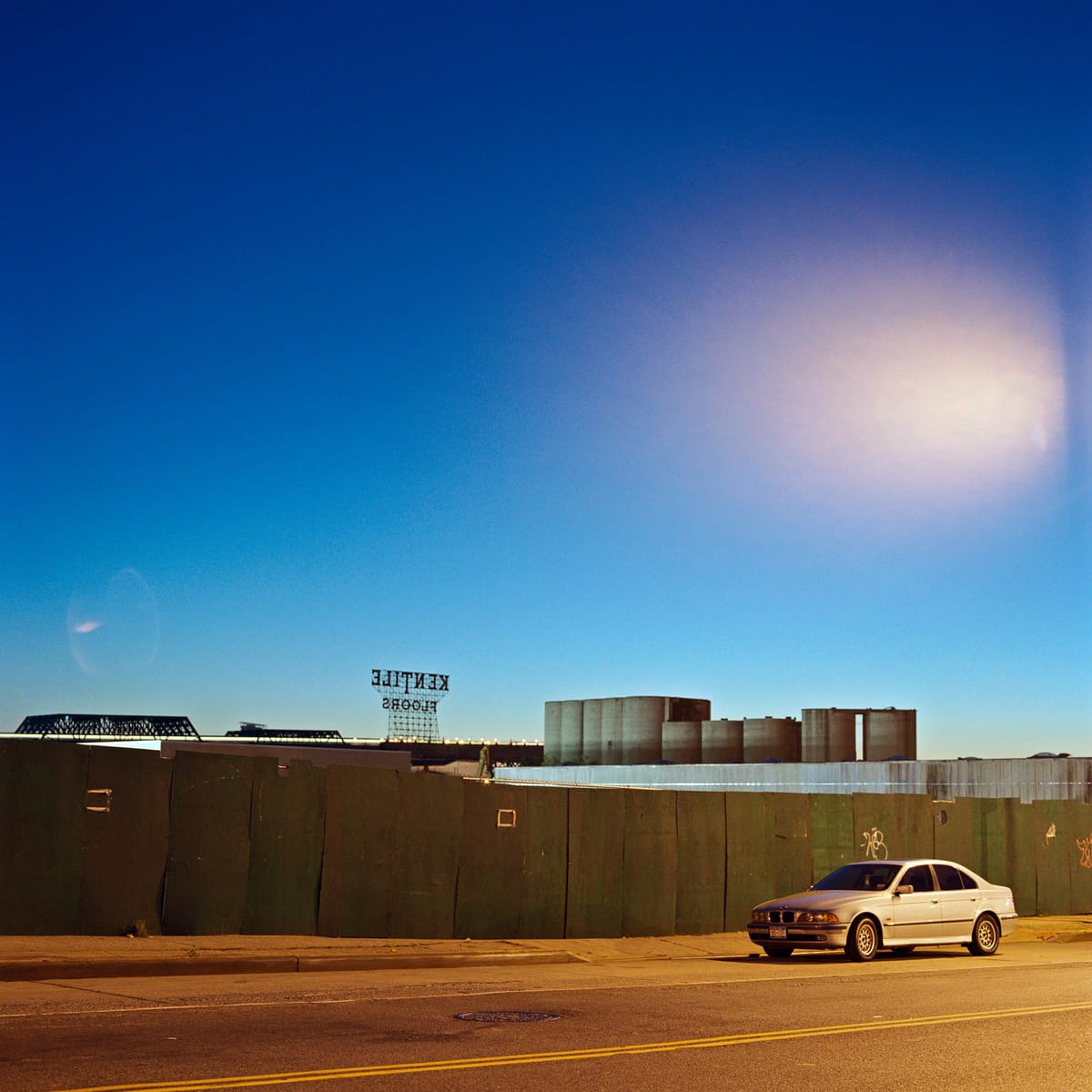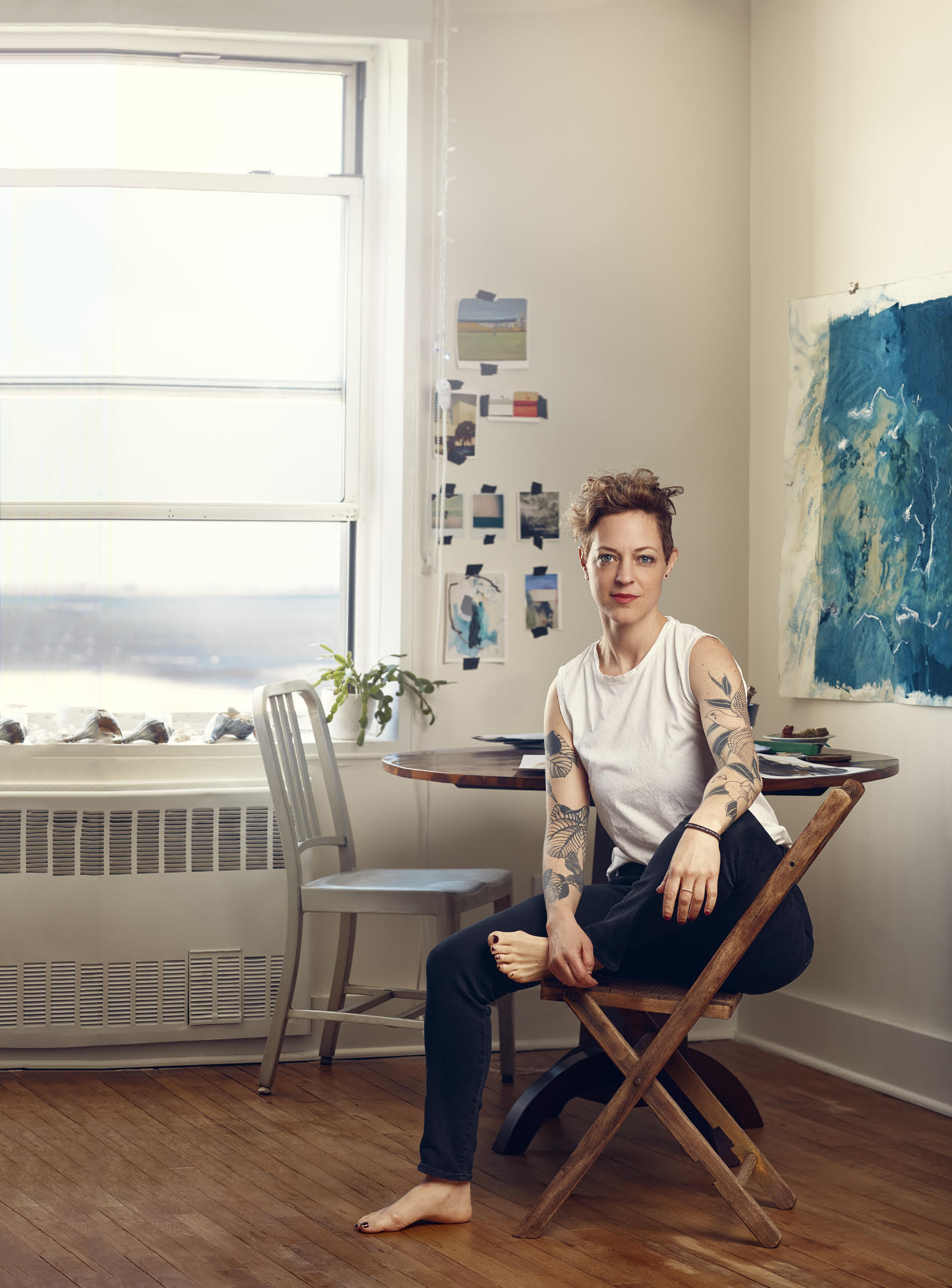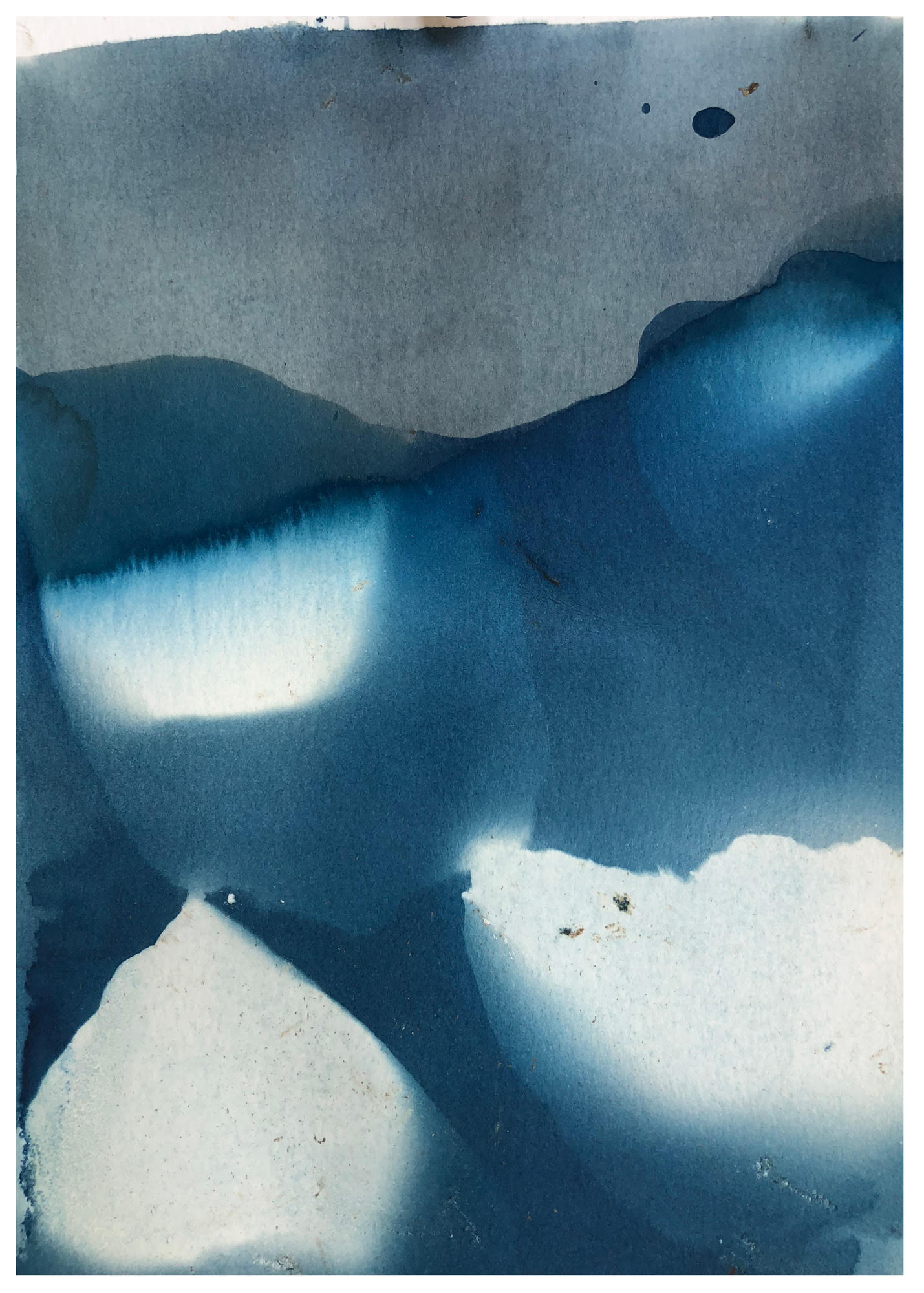Michelle Zassenhaus: Images Of Gowanus


GOWANUS – When I first saw Brooklyn photographer Michelle Zassenhaus’s photos, I was struck by the lived-in desolation of her work. The pieces capture so perfectly the traces people leave behind.
“I have always been fascinated with the in-between,” she told me when we sat down to talk about her work. This obsession is infused in her work. Zassenhaus takes photos of places lost within a changing New York — the Gowanus in 2006, Dumbo in 2000, more recently Rockaway Beach in Queens.
Her Gowanus work captivated me the most, the way she caught so perfectly the essence of the area as I remember it when it was still full of random bouts of graffiti and crumbling post-industrial buildings.

Almost all of Zassenhaus’s photos are taken in long exposure, a photography technique where you leave the camera open for longer periods of time than in a typical photo. She says this helps wash away the ephemeral elements of a place as she strives to capture the “signature” of a location on film.
They are noticeably unpopulated, and even though most of her work is shot at night, the photographs appear to have been taken in the middle of the day further enhancing the timeless aura her work possesses.

Zassenhaus says that her goal is to show people what she sees, what she feels in a space and a neighborhood. She wants to reveal the beauty in overlooked places. There is a magical quality to her work that transforms simple brick walls into layered artifacts of history.
Zassenhaus first photographed the Gowanus in 2006. She loved to wander around at night. At 11 pm she would pick up her camera and go out to shoot, to burn places onto film. Her first project highlighted the desolation, the crumbling edges of the area infusing beauty into them.

She finished the project in 2007 and moved on to other areas of New York. Eleven years later, in 2018, Zassenhaus was invited back for Arts Gowanus open studios. Although she lives in the area, she was working on an extended project in Rockaway Beach at the time and had not created anything based in the Gowanus for years.

She had just finished her large-form Rockaway beach series, which ended up being more expensive than her other work. She wanted to counterbalance that, and, finding a stack of cyanotype paper in her house, got to work, engaging in a collaboration “with the canal itself.”
She laid rocks from the surrounding area on top of some of the sheets, others she dipped straight into the canal. She taped the sheets to rocks, and let the ebb and flow of the water wear away the stain on the paper, revealing an imprint of the canal itself. The resulting images look like watercolors, beautiful, the exact opposite of a thing one would expect to come out of a the-newly declared superfund site.
Zassenhaus considers them to be “marks of the actual Gowanus themselves.”

Interested in the act of the site itself creating the work, she has made some cyanotypes in Rockaway beach as well — those she covered with sand and then let the ocean water wear it away.
You can see more of her work at michellezassenhaus.com.



